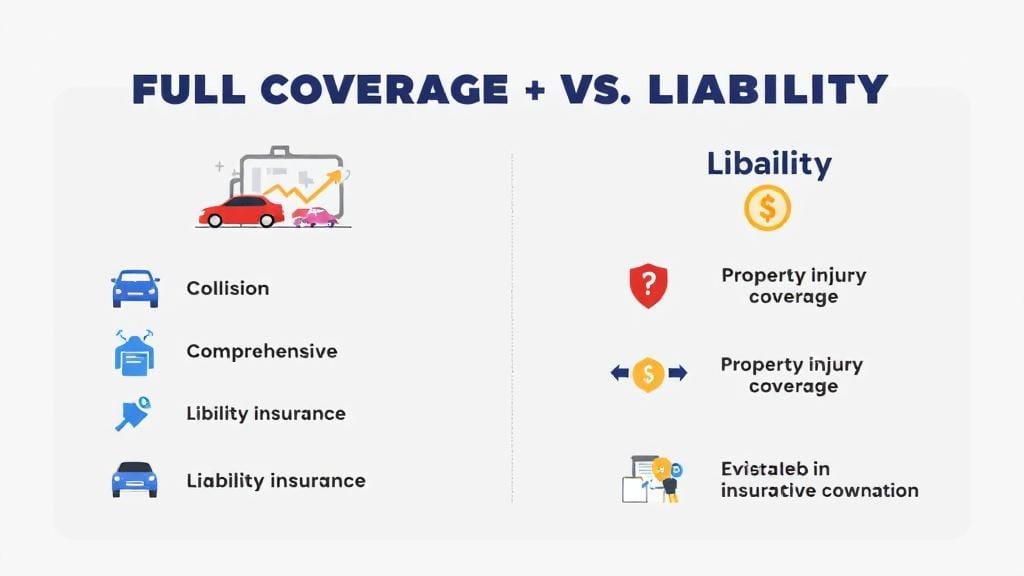When most people think of life insurance, they think about protecting their loved ones financially in case of unexpected events. But did you know that life insurance tax benefits can also play a major role in your overall financial plan?
Whether you’re in the middle of budgeting, planning for retirement, or simply looking for legal ways to reduce your tax burden, tax savings with life insurance can be a game-changer. In this guide, we’ll walk you through how life insurance not only secures your family’s future but also helps you save big on taxes.
🧾 Understanding the Basics: Life Insurance & Taxation
Let’s start with a simple truth: life insurance offers several tax advantages—and most people aren’t fully aware of how to use them. The Indian government has made life insurance policies attractive by bundling in tax deductions, exemptions, and benefits under the Income Tax Act.
How It Works:
You pay premiums on a life insurance policy.
You receive deductions under Section 80C of the Income Tax Act.
The maturity proceeds and death benefits may also be tax-free under Section 10(10D), subject to conditions.
These features make life insurance one of the most tax-efficient tools for individuals and families.
🔍 Key Life Insurance Tax Benefits in India
Let’s break down the major tax perks you get from your life insurance policy.
1. Tax Deduction Under Section 80C
One of the biggest advantages is the deduction on premium payments.
You can claim up to ₹1.5 lakh per year under Section 80C.
This applies to individual policies, spouse, and children’s policies.
Premiums must not exceed 10% of the sum assured for policies issued after April 1, 2012.
This is a smart way to reduce your taxable income while ensuring life protection.
2. Tax-Free Maturity Benefits (Section 10(10D))
If certain conditions are met, the maturity amount or death benefit payout from your policy is completely tax-free under Section 10(10D).
This includes:
Payouts on policy maturity
Sum assured received by the nominee
Bonus amounts (in the case of participating policies)
👉 Real-Life Example: Suppose you pay ₹50,000 annually for 10 years, and at maturity, you receive ₹7 lakhs. If your policy qualifies under 10(10D), the entire ₹7 lakhs will be tax-free.
3. Tax Benefits of Whole Life Insurance
With whole life policies:
Premiums are eligible under Section 80C
Maturity or surrender value is often exempt under 10(10D)
Some plans also offer tax-free cash value accumulation
This makes whole life insurance a powerful tool for long-term financial planning.
💡 Special Tax Advantages by Policy Type
Let’s explore how different types of life insurance policies offer unique tax benefits:
✅ Term Life Insurance
Offers high cover at low premiums
Premiums qualify for deduction under 80C
Death benefits are 100% tax-free
✅ Whole Life Insurance
Covers you for life
Premiums and cash value growth may be tax-advantaged
Useful for estate planning and tax deferral
✅ ULIPs (Unit Linked Insurance Plans)
Eligible under 80C and 10(10D)
Allows tax-free equity exposure up to limits
Must have a minimum sum assured of 10 times annual premium for tax-free maturity
🧠 Tax Strategies Using Life Insurance
Here are smart ways to combine life insurance and tax planning for maximum advantage:
1. Tax Deferral with Life Insurance
The cash value within a whole life or ULIP policy grows tax-deferred, meaning you don’t pay taxes until you withdraw.
2. Estate Planning with Life Insurance
Life insurance helps in transferring wealth tax-free to heirs. The payout they receive is not part of taxable income.
3. Tax Benefits for HUFs and Businesses
Hindu Undivided Families (HUFs) can claim life insurance premiums under 80C.
Business owners may use policies for key-man insurance and gain tax advantages.
📊 Comparison: Whole Life vs Term Life for Taxes
| Feature | Term Life Insurance | Whole Life Insurance |
|---|---|---|
| Tax deduction on premiums | ✅ 80C | ✅ 80C |
| Tax-free maturity/death benefit | ✅ 10(10D) | ✅ 10(10D) |
| Cash value accumulation | ❌ | ✅ (tax-deferred) |
| Best for | Pure protection | Protection + Savings |
🔐 Tax-Saving Checklist for Life Insurance Buyers
Before purchasing a life insurance policy for tax savings, ask yourself:
✅ Does the premium amount qualify under 80C?
✅ Will the maturity benefits qualify under Section 10(10D)?
✅ Are you staying within the premium-to-sum-assured ratio?
✅ Have you checked if the plan fits long-term goals like retirement or legacy?
🙋♀️ FAQs About Life Insurance Tax Benefits
1. What are the life insurance tax benefits under Section 80C?
You can claim deductions up to ₹1.5 lakh per year on premiums paid towards life insurance for yourself, spouse, or children.
2. Are life insurance proceeds taxable in India?
No, if your policy qualifies under Section 10(10D), the maturity or death benefit is completely tax-exempt.
3. Can I claim a tax deduction for my spouse’s life insurance policy?
Yes, premiums paid for a spouse’s policy are eligible under Section 80C.
4. Is term insurance eligible for tax benefits?
Yes, term insurance premiums qualify under 80C and the payout is tax-free under 10(10D).
5. What is the tax benefit of whole life insurance over term insurance?
Whole life policies offer cash value accumulation and tax deferral, in addition to death benefit exemptions—making them ideal for long-term wealth and tax planning.
6. How do life insurance policies help in estate planning?
They allow you to transfer large sums to heirs tax-free, helping you preserve wealth across generations.
7. Are ULIPs still tax-saving after recent changes?
Yes, if the annual premium is within ₹2.5 lakhs and sum assured is 10x of premium, ULIPs still qualify for 80C and 10(10D).







Comments (0)